Testy bezpieczeństwa elektrycznego-Czy kiedykolwiek byłeś świadkiem porażenia prądem lub pożaru spowodowanego przez urządzenia elektryczne? Ogólnie rzecz biorąc, większość konsumenckich produktów elektrycznych jest zasilana bateriami i działa przy bardzo niskim napięciu. Na ogół nie stanowią one zagrożenia dla bezpieczeństwa elektrycznego konsumenta. Jednak, gdy podłączysz ładowarkę baterii do gniazda ściennego i podłączysz ją do urządzenia elektrycznego, ma ona wystarczające napięcie i prąd. A to może prowadzić do zagrożenia porażeniem. Tak więc, producenci mają swoje produkty testowane pod kątem bezpieczeństwa elektrycznego. Poniżej znajdują się niektóre testy elektryczne, aby zapewnić bezpieczeństwo produktów elektrycznych.
Testy bezpieczeństwa elektrycznego-Test wysokiego napięcia (Dielectric Voltage-withstand Test)
Jego inne nazwy to test HiPot lub test wytrzymałości na napięcie dielektryczne. Ten test jest ważnym testem w celu zmniejszenia wstrząsów elektrycznych i określa zdolność izolacji elektrycznej. Dodatkowo, pomaga zmierzyć barierę dielektryczną pomiędzy częściami nie stanowiącymi zagrożenia.
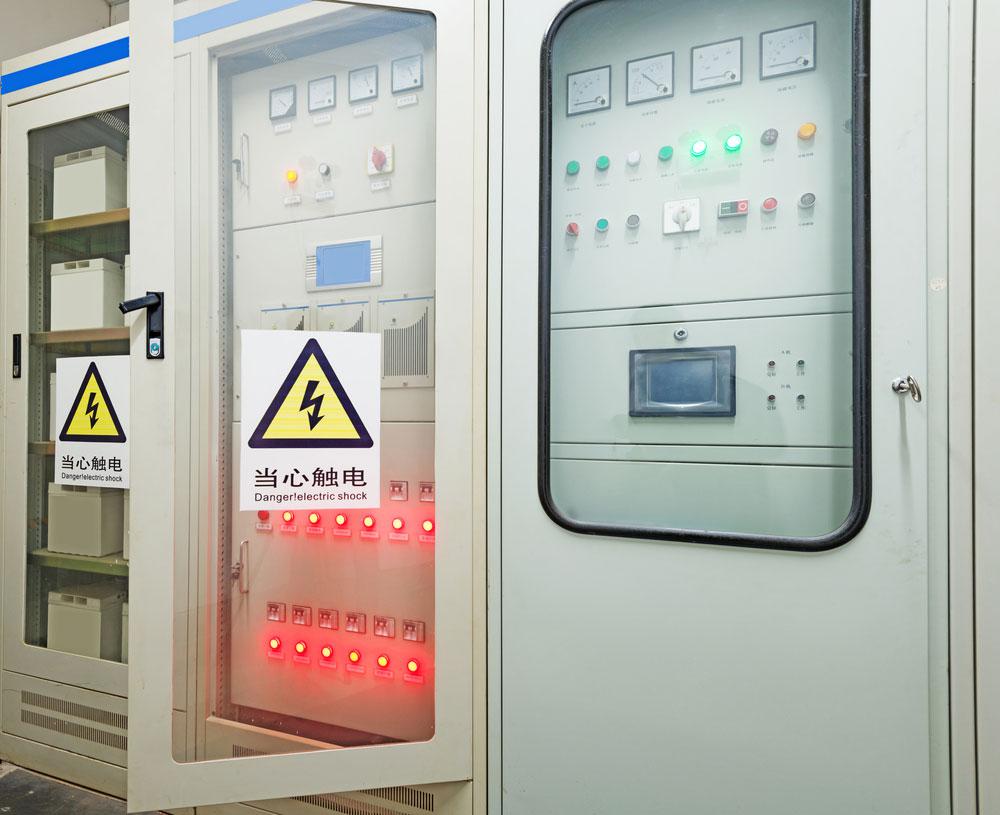
Po pierwsze, umieść tester wytrzymałości dielektrycznej na wysokim napięciu DC lub AC. Teraz umieść go między metalem AC z uziemieniem i ekspozycją na drut AC. Na koniec sprawdź, czy odczyt prądu mieści się w normach bezpieczeństwa elektrycznego. Twój produkt przeszedł test, jeśli odczyt bezpieczeństwa jest równy lub poniżej 5 MA.
Instrukcje krok po kroku dotyczące testu
Ten test musi być przeprowadzony przez techników z odpowiednimi kwalifikacjami. Kroki biorące w nim udział to:
Open circuit breakers to separate the.
Isolate the non-testing cable and equipment from the circuits.
Place barriers around cable terminations to prevent interruption.
Connect the ground lead of the HiPot tester to the electrode conductor.
Link high voltage leads to circuit phase conductors.
Switch on the HiPot Tester.
Set the meter to the suitable DC voltage.
Push the test button on the meter.
Observe resistance reading after a minute.
Record the reading.
Repeat the test for all circuit phase conductors.
After completing the test, disconnect the tester. Confirm that the circuits are clear for use.
Testy bezpieczeństwa elektrycznego-Insulation Resistance Test
About 80% of electrical maintenance and testing involves resistance testing. Electrical insulation starts to age with time. If the installations are in harsh environments, then it deteriorates further. Also, chemical filth and high temperature can degrade it, affecting personal safety and power sureness. Insulation testing can identify these issues. Once you do a test, you can take the necessary corrective measures.
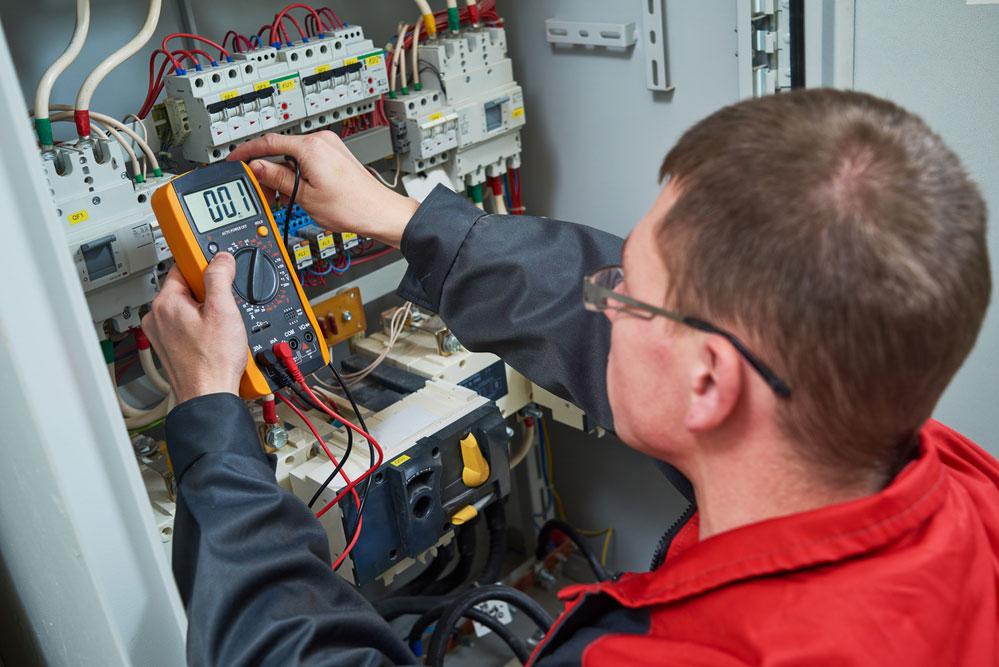
For this test, you need to apply a voltage across a dielectric. As a result, you can measure the amount of current flowing. Then, you calculate the resistance using Ohm’s law. Present here refers to leakage current. This test is a quality control measure for electrical equipment. Also, it can be done as a preventive measure, and you can use it to isolate troubles in the future.
Step-by-step instructions for the test
First, connect two leads across the insulation barrier.
Second, connect the third lead with the guard terminal.
Now, apply the test voltage for one minute.
The resistance reading should remain steady at this time.
After a minute, read and record the resistance value.
Testy bezpieczeństwa elektrycznego-Leakage Current Test (Line Leakage Test)
Leakage current flows either through the circuit or across the course of equipment to the ground. If there are flaws in-ground continuity, the current flows through other paths. It could happen if the land is defective. Thus, testing leakage current is essential to prevent electric shocks. Failure of insulation between the power line and the part is expected. At these times, the voltage diverts to the ground. When the earth connection is faulty, it results in shocks. This could be a severe hazard to medical devices.
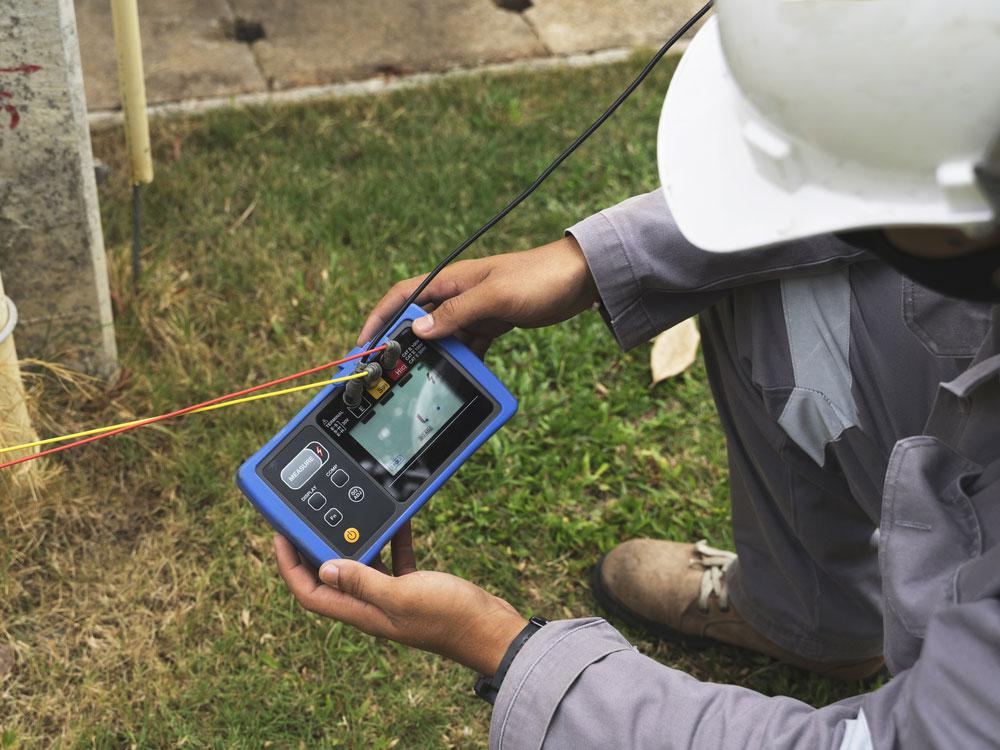
Step-by-step instructions for the test
Keep meters for determining leakage current ready.
First, attach the meter to the ground rod of the earthing connection.
Then, measure the current flowing on the neutral side of the power line.
Now, calculate the voltage drop in the network with an AC voltmeter.
Thus, you can determine the external voltage and current flowing through the ground.
Testy bezpieczeństwa elektrycznego-Electrical Installation Condition Report
After these tests, an expert professional will offer an electrical condition report (EICR). You can also call it the Periodic Inspection Report. A talented professional will submit this report. This report has all the equipment quality details. It indicates hazardous conditions and any non-compliance with electronic product specifications. You will get to know the damage, defects, or any other problems within your equipment. If any risk is present, the report will be negative. It means that you have to rectify the potential problems and make the required corrections. There are four types of faults which are:
FI – further risk analysis is necessary.
C3 – improvement advised.
C2 – product or premises are hazardous.
C1- the risk of great danger and injury is present. This requires immediate action.
Benefits of Electrical Safety Testing
Electrical safety testing
Ensures that people enjoy a safe work environment.
Prevents operators from shock hazards.
Protects the end-user from physical injuries.
Prevents fires in the workplace.
Sorts voltage fluctuations.
Attains compliance with electrical safety requirements.
Eliminates defects in the product at the early stage.
Mitigates against risk with.
Meets customer demands and demonstrates dedication to safety.
Prevents expensive product recalls.
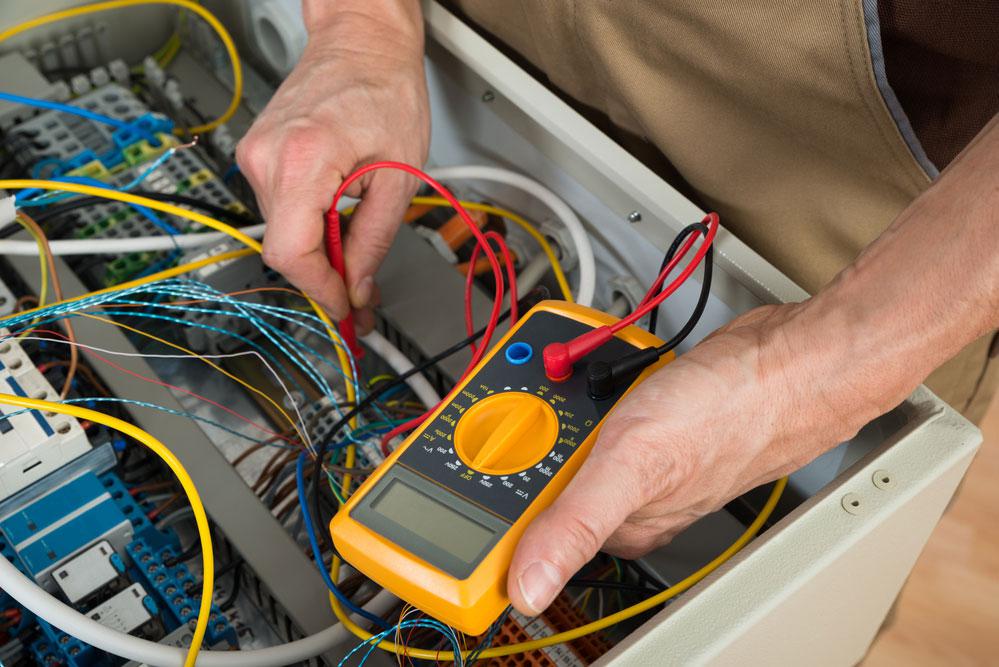
Testy bezpieczeństwa elektrycznego-Who Should Perform Safety Testing?
As a manufacturer, you must conduct electrical safety testing before your product reaches the customer. Make sure that no hazardous current or voltage reaches your users. Also, you can determine if your equipment meets safety standards. In addition to this, you can correct electrical leakages in the product. It helps to determine which electrical goods may cause a hazard. You can learn if the product insulation is as per requirements. The products will have safe use guarantee as well.
If a product meets the safety standards, it means that it is safe for the user. Several companies can perform this testing and provide a safety compliance certificate, and you can label this safety certificate on your product. Your consumer feels confident to buy a verified electronic product.
Safety and compliance agencies can inspect your production facility anytime. Thus, you need to make sure that you are following the prescribed safety standards. Therefore, perform these tests regularly and mitigate the risk of expensive litigation and fines. Performing regular testing also helps you in adapting your standards to changing technology and safety requirements.
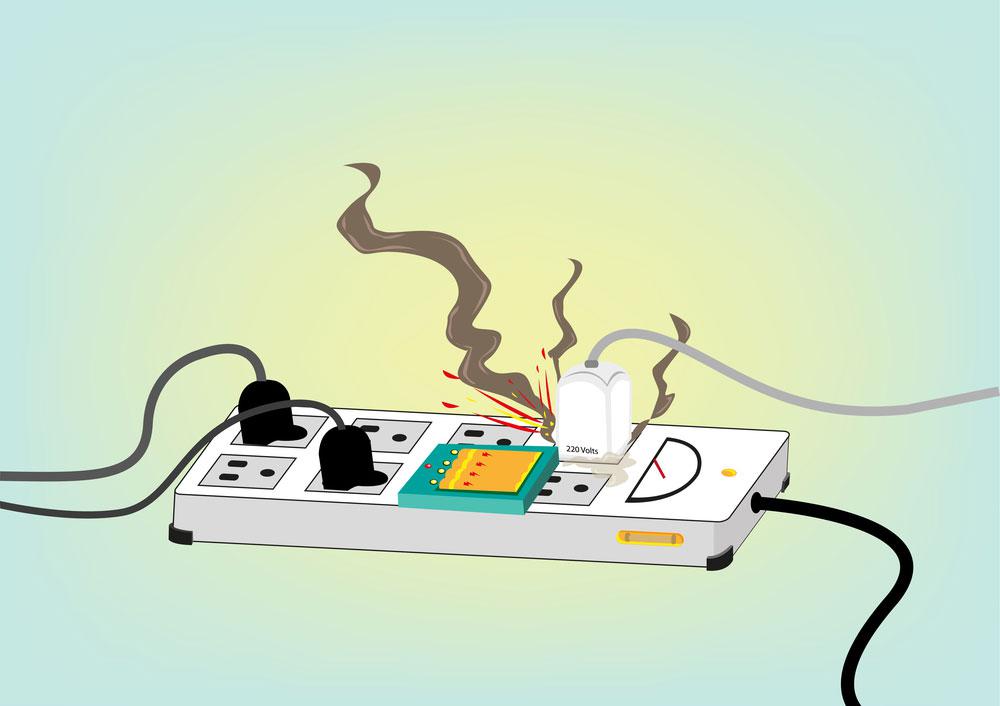
Final Thoughts
Executing electrical safety testing is pivotal. This is especially true in the case of medical equipment and patient safety. It helps to recognize potential physical or internal damage. You can make changes in the design and make it shockproof. We can assist you with all tests by supplying high-quality. If you need any help in this regard, feel free to contact us.

